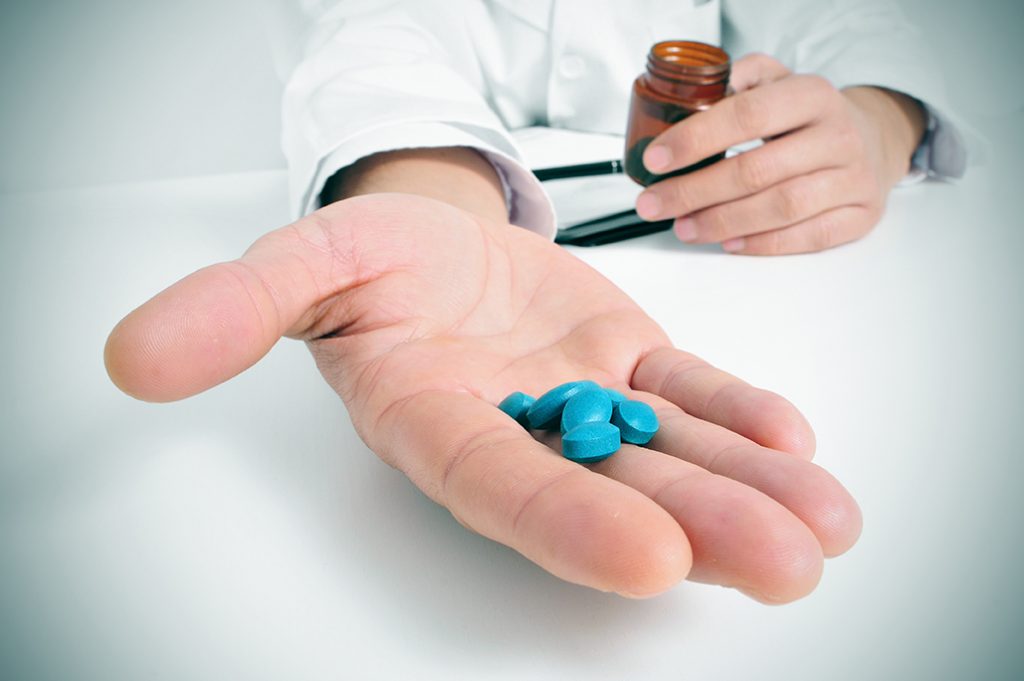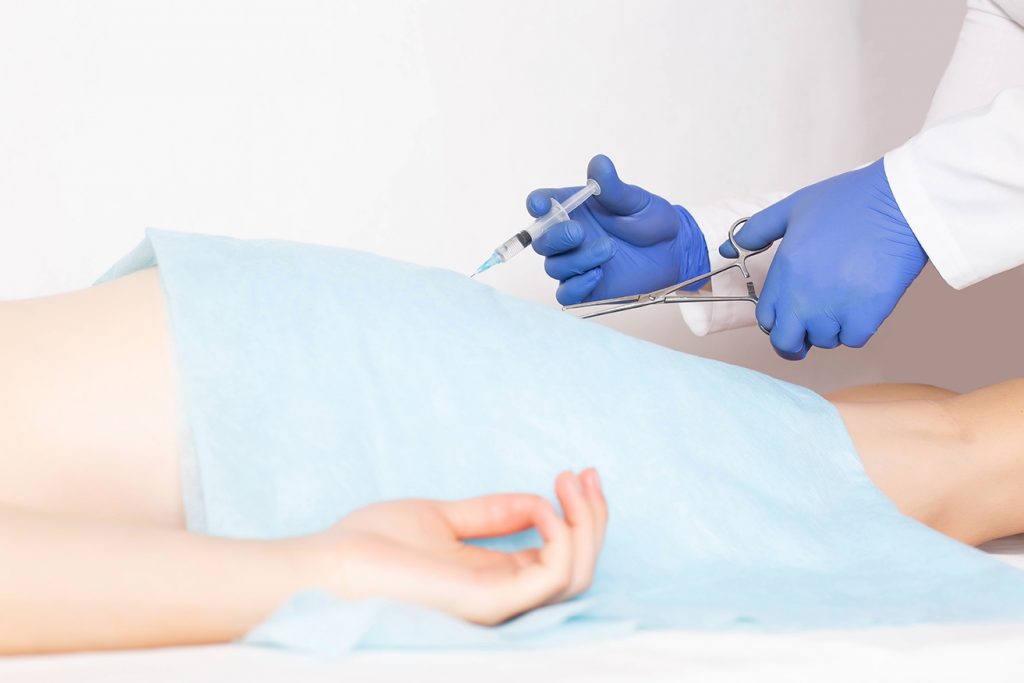Piles are an extremely common problem these days due to lifestyle changes. So if you have been experiencing extreme trouble due to this disease, then visiting your primary care physician should be your first step. Piles are usually self-diagnosable with some common symptoms such as itching, bleeding, and discomfort especially during bowel movements or when sitting. Your doctor might be able to observe external piles while diagnosing internal ones might require examination of your anal canal and rectum. It is of crucial importance to have a correct diagnosis before you decide to undergo any treatment for piles.
If detected at an early stage, haemorrhoid can be treated with just medication and lifestyle changes such as consumption of high-fibre diet to prevent constipation, taking OTC (Over-the-counter) medicines such as creams (Hydrocortisone – a medication used to treat redness, swelling, itching, and discomfort), painkillers, etc. Majority of the piles go away without any treatment, however, many patients require surgical treatment of piles due to extreme discomfort and severe condition. The nature of the treatment in piles depends upon the stage of the underlying condition. There are various surgical procedures available to treat this problem, however, as far as medical treatment is considered, the following options can help in treating piles:
- Some anti-itching topical agents can significantly minimize the discomfort in patients.
- Several OTC products, mainly painkillers and topical anti-inflammatory ointments can help in minimizing redness and swelling surrounding the anus.
- Taking laxatives (stool softeners), upon your doctor’s advice can help a patient with constipation for easy defecation.



For constant bleeding or severe pain, your physician might suggest one of the other minimally invasive procedures available including:
- Rubber Band Litigation: A procedure in which the piles is tied off at its base with rubber bands, cutting off the blood flow to it. This treatment is only for internal piles.
- Sclerotherapy (Injection): Your doctor injects a chemical solution into the haemorrhoid tissue to shrink it. While this procedure causes very little or no pain, it might be less effective than rubber band ligation.
- Coagulation (infrared or laser): This treatment is for internal piles. The technique uses a laser or infrared light to harden and shrivel the internal piles.



The two most common surgical treatments for piles include Haemorrhoidectomy and Stapling. Amongst these two surgical interventions, removal of piles using haemorrhoid/piles stapler has been reported as the best outcome so far in terms of performance, safety, and ease of recovery. Only a small percentage of individuals with piles require surgery. However, if other methods have been ineffective or you have large piles, your doctor might recommend one of the following:
Haemorrhoidectomy: Haemorrhoidectomy refers to the surgical removal of internal or external haemorrhoid. The patient is usually kept under general anaesthesia. This method is considered to be the most effective way to treat severe or recurring haemorrhoid.
In this method, piles are diagnosed and removed using a sharp instrument or laser and the wounds are then closed by stitching. Post-surgery, the patients are advised to take sitz bath – a therapy done by sitting in warm water, avoid becoming constipated and use mild painkillers. As every procedure comes with minor complications, the potential complications in haemorrhoidectomy include:
- Pain in the operated area
- Urinary tract infection
- Urinary retention (difficulty urinating)
- Faecal incontinence (leakage from the bowel)
- Faecal impaction (constipation for a long time)
Stapling: This method is an alternative to haemorrhoidectomy and is also used for prolapsed piles. The procedure includes stapling the last section of the large intestine, which reduces blood supply to the piles and causes them to slowly shrink. It also lowers the likelihood of haemorrhoids prolapsing. Stapling generally involves less pain than the other procedure and allows an earlier return to your regular activities.
Opting for a right treatment option completely depends on the severity of the condition and should be considered after consulting with your doctor. Post the surgery, it’s highly expected to have some light bleeding and yellow fluids from your anus. These signs may keep going from 1 to 2 months post the procedure. After 1 to 2 weeks of surgery, you should be able to return to your normal life. However, taking care of yourself post piles surgery should be of utmost importance. You can expect mild pain after the surgery. You can aid in your own recovery by consuming a high fibre diet, staying hydrated, and using a stool softener after consulting your doctor.




